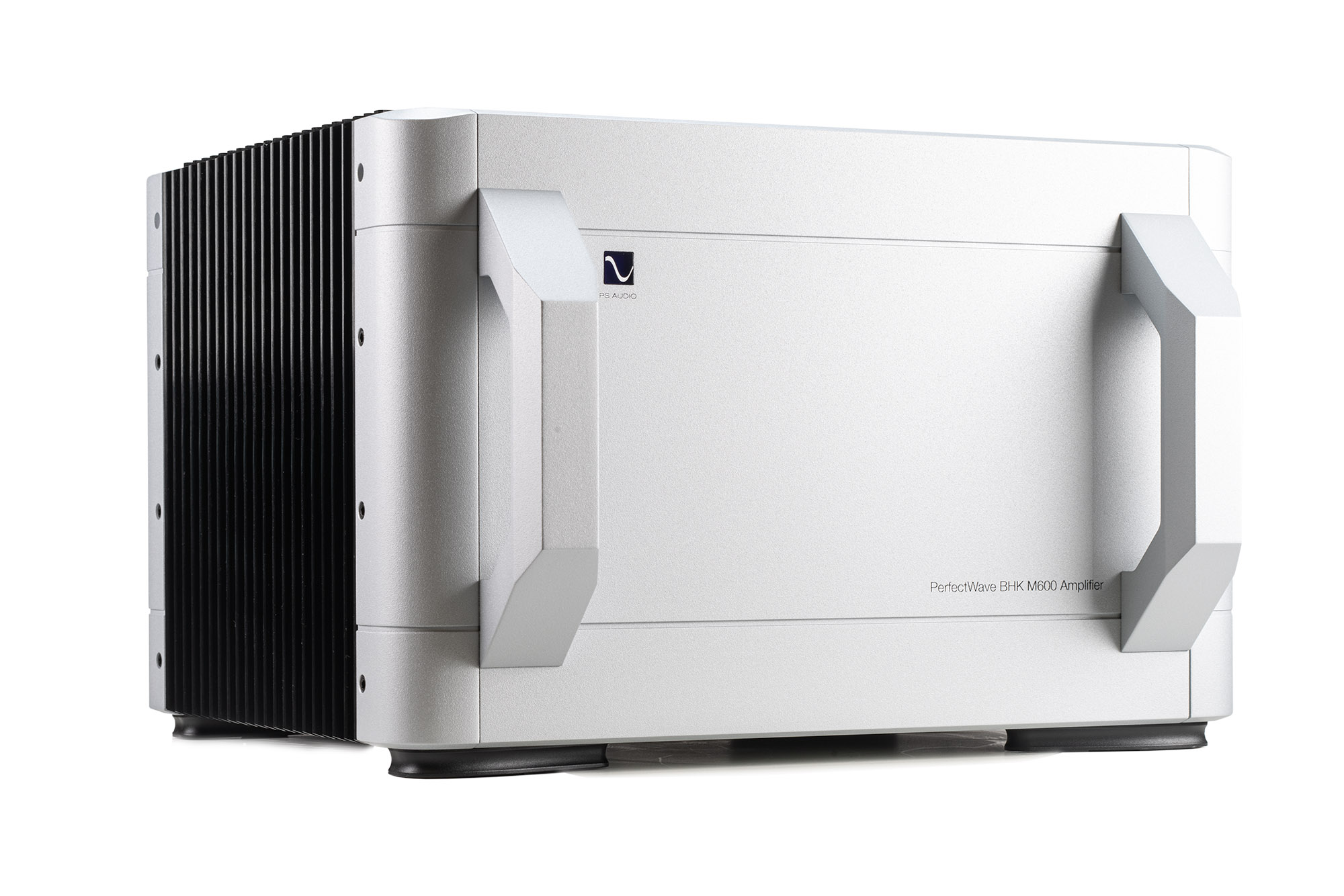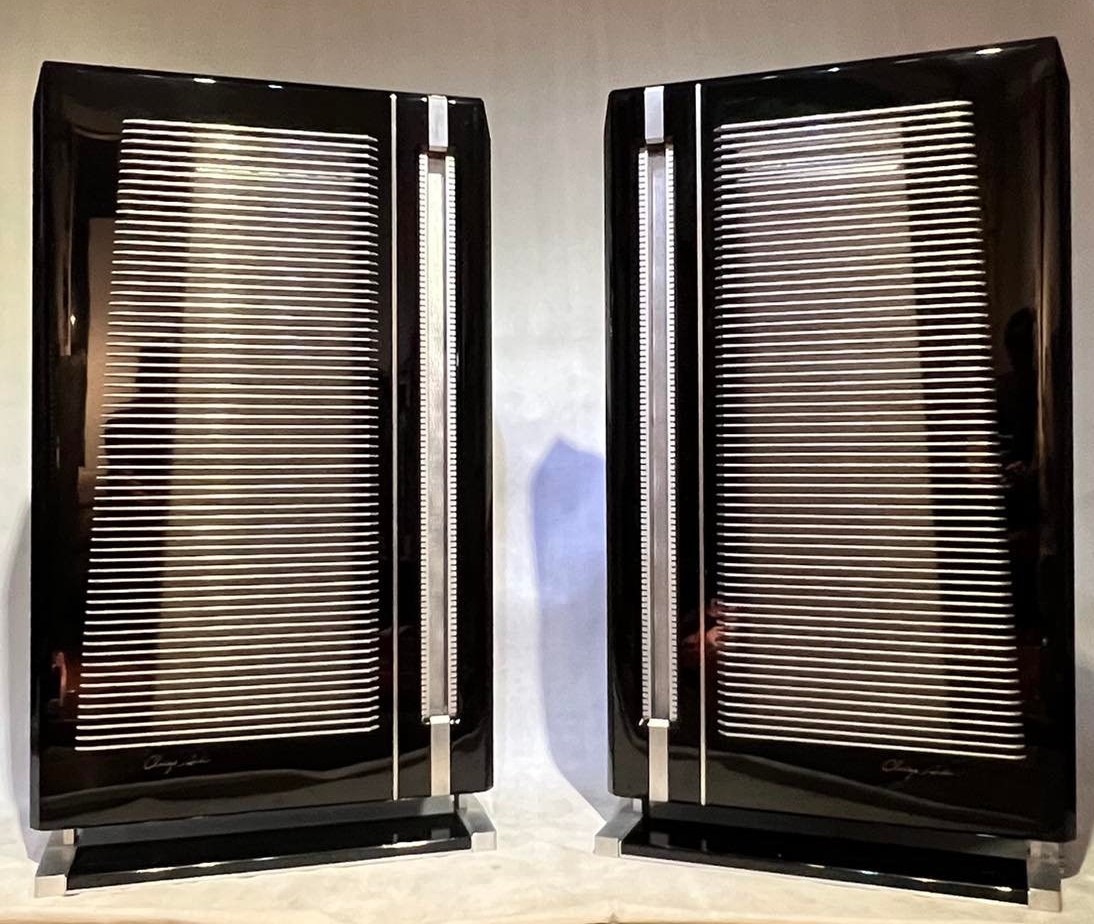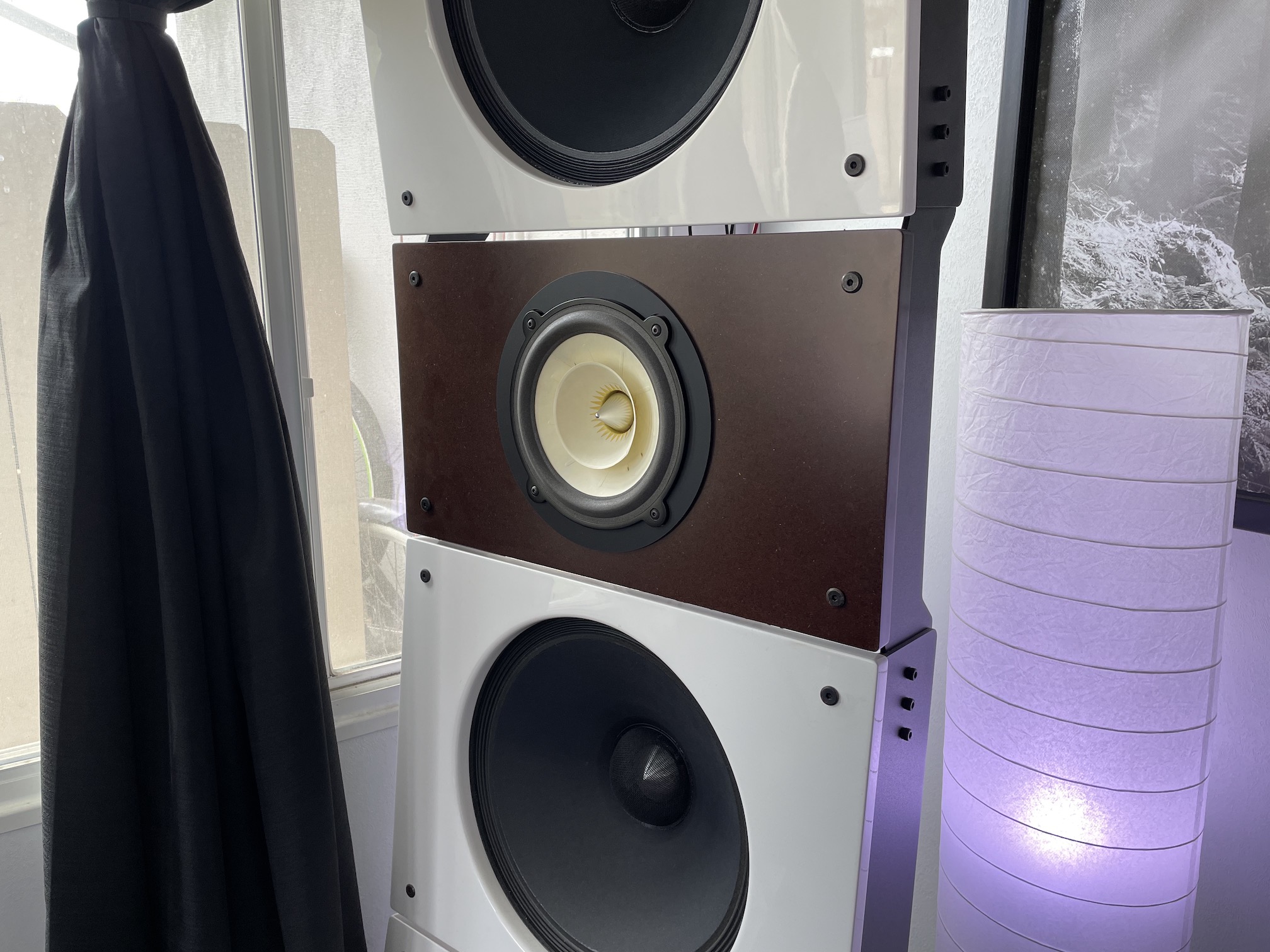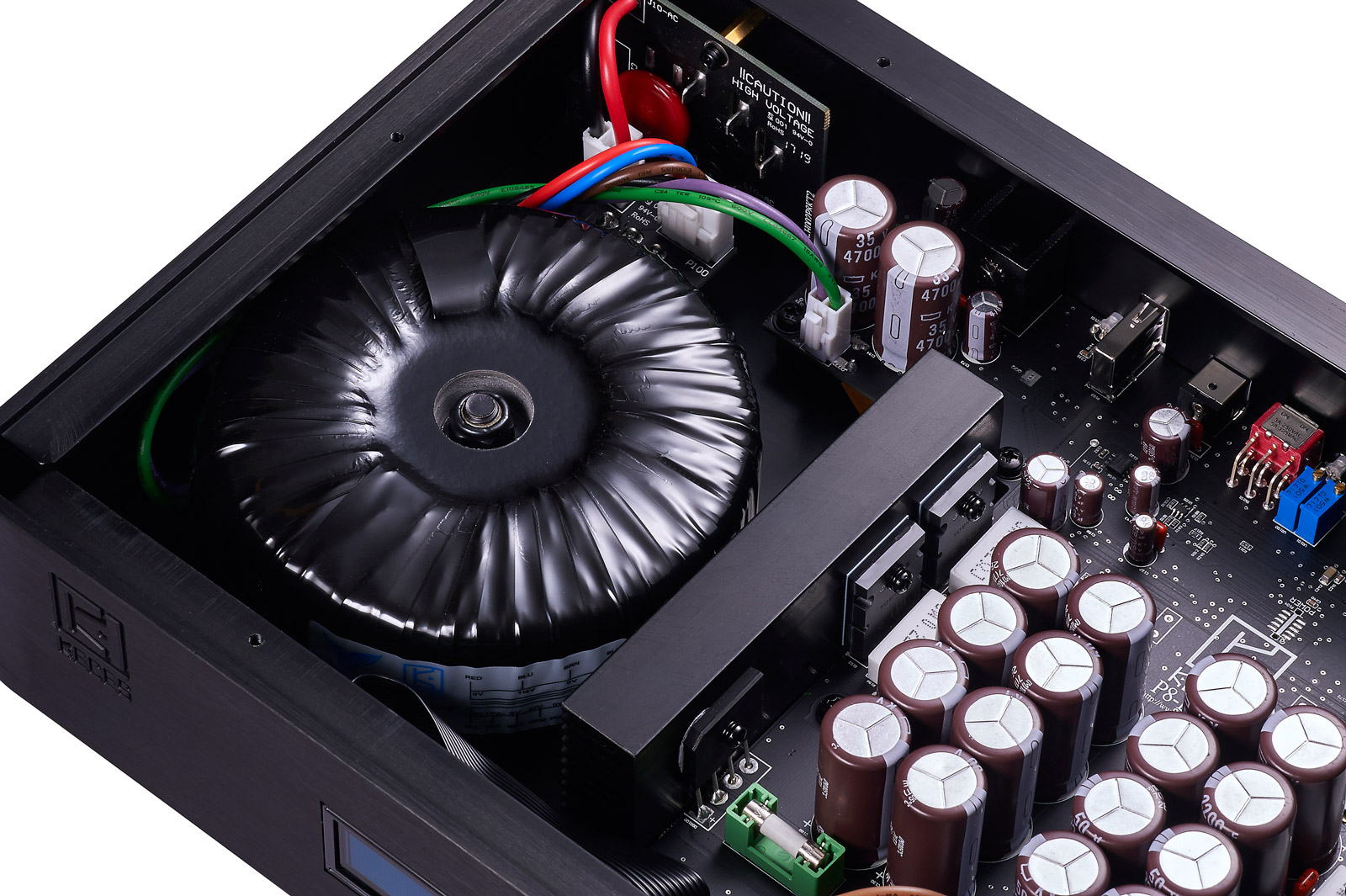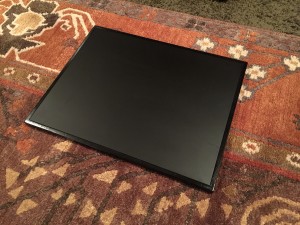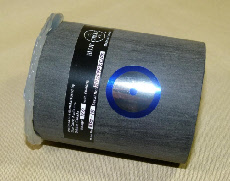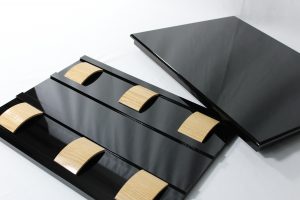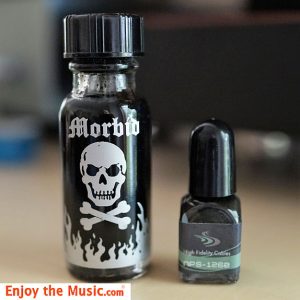Hi Folks!
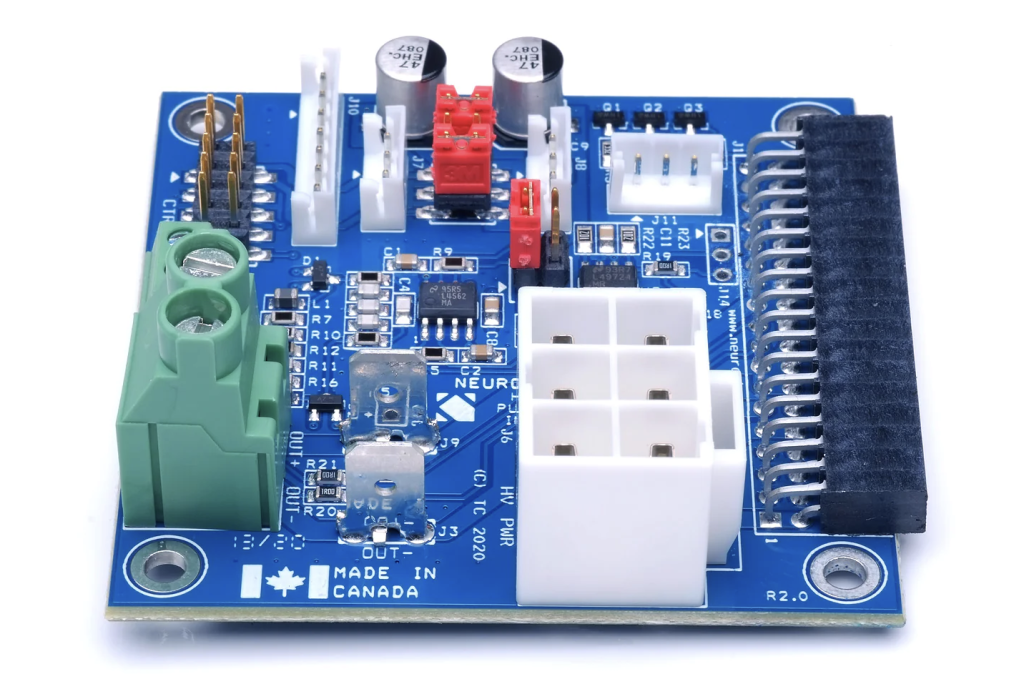
Not in your typical fashion here but I have a quick review based on a module meant for the DIY folks. See, I've been on a journey to build my own amplifiers using *gasp* Class D modules readily available from a few different sources. I've built ICE-based amplifiers, some nondescript "chip amps" (which sometimes aren't really Class D, but I digress) and then the latest from Bruno of Purifi. Those in the know may have heard of Bruno—he's the genius behind Hypex. Hypex has become quite popular to both the DIY and commercial crowd offering all sorts of options depending on your intended use.
I won't bore you with the Hypex stuff (I mean, I'd love to) but this latest Purifi brand is quite nice! All you need is a module, an input buffer, and a power supply.
You can get away with a Hypex SMPS so that is easy. But what is this input buffer madness? Well, if you don't know, the input buffer is both acting as an interface as well as a way of contouring the sound a bit. What do I mean by that? To put it plainly, not all preamplifiers have the same output or impedance. It's best if you find a module that works best with your equipment, or one that is at least variable enough to play nice with say a tube preamp, or solid-state. Or even passive.
My interest rather was more about the sound contouring. There are a plethora of buffers to choose from and it's impossible to play with them all (although I intend to, time permitting) but so far I've played with one that had a tube (yes, tube), the Purifi "test" input buffer called EVAL1, and a few others say with Burson Opamps and the like. This blurb here is about an offering from Neurochrome. Neurochrome is a Canadian company that supplies mostly DIY amplifier modules in the A/B range. I have been keenly interested in Tom's offerings over the years, and have often pondered building my own 686 system, so I'm generally always browsing his site or the DIY audio forums for more information/planning. But recently something on the site caught my eye, it was his own buffer module.
What I really dig about Tom is that to me he's an engineering purist with a flair of audiophile-geekiness that is just about right. I don't see him ever sticking tubes on a buffer, but I do see him analyzing the EVAL1 module and thinking; how can I make this better for a DIY market/price?
And so it happened—the birth of the Purifi/Hypex input buffer. I reached out to Tom, and not only did he just send me his module—he sent it fitted to an amplifier that he built using his own case, a Hypex SMPS with his own soft-start module with 2x Purifi 1ET400A amp modules thus making it easy by taking the guess work out of it. I've had my own intent on building one myself but hey, why not?
This way I could build my own Purifi setup with the EVAL1 test module and do a side by side comparison. I put this thing through the ringer! First, let me steal some data from Neurochrome's site for those that are interested:
"Unlike other buffers, including the Purifi EVAL1 and the Hypex NC500 Evaluation Board, this Input Buffer will provide a differential output for the Class D amplifier, even if the input to the Buffer is single-ended. This ensures that even a single-ended source can drive the 1ET400A and NC500 to clipping, something the Purifi EVAL1, Hypex NC500 Evaluation Board, and many other input buffers cannot do. Many also report improvements in sound quality when the Purifi 1ET400A and Hypex NC500 are provided a differential input.
"The buffer is a single-channel (mono) buffer, with the following features:
- Differential (balanced, XLR) input, which can easily be configured for single-ended (unbalanced, RCA) operation as well.
- True differential output with common-mode feedback, which ensures a differential output, even when used with a single-ended source.
- Jumper-selectable gain: 0 dB and 13.2 dB for a total amplifier gain of 12.8 dB and 26.0 dB, respectively, when used with the Purifi 1ET400A.
- Gain can be further customized by adding a resistor (1206 size SMD and leaded/PTH supported).
- Plug-and-play connection with Hypex SMPS1200 and future Purifi power supply.
- Opamp power supply: Use the AUX supply provided by the SMPS1200, or add your own regulator. A small daughterboard with support for the Hypex HPR/HNR, LM7812/LM7912, and LM78L12/LM79L12 is available as a product option.
- Status indicator LED output (NC500: CLIP and READY; 1ET400A: READY).
- Speaker output is provided both on 6.3 × 0.81 mm quick-connect spades and a terminal block accepting up to AWG 10 (5.2 mm2) in size.
"In addition, the following options are provided for advanced users:
- The buffer can be disabled by removing two resistors. A three-pin connector footprint provides direct access to the Purifi 1ET400A / Hypex NC500 input.
- A two-pin connector footprint provides access to the remote sensing pins of the Purifi 1ET400A / Hypex NC500."
So, what does it all mean exactly?
For me I noticed a few things! For one, the sound floor drastically reduced. I mean that in a good way. Pure music, no junk. I don't have the best power in my home— we're dealing with a SMPS as well in the same case. A true differential system (I use balanced from my preamplifier). More top end and more bottom end. Why? Probably because of the gain difference and the quality of components. A better match for my ancillary gear and definitely a better match for my ears.
As I said, this was meant to be a quick blurb focused on the DIY crowd for those that have built Hypex or Purifi based systems to definitely give Neurochrome's offerings a look. You would be surprised how much more you can squeeze out of a system this way.
Purifi 1ET400A / Hypex NC500 Input Buffer
Retail: $129
Neurochrome




